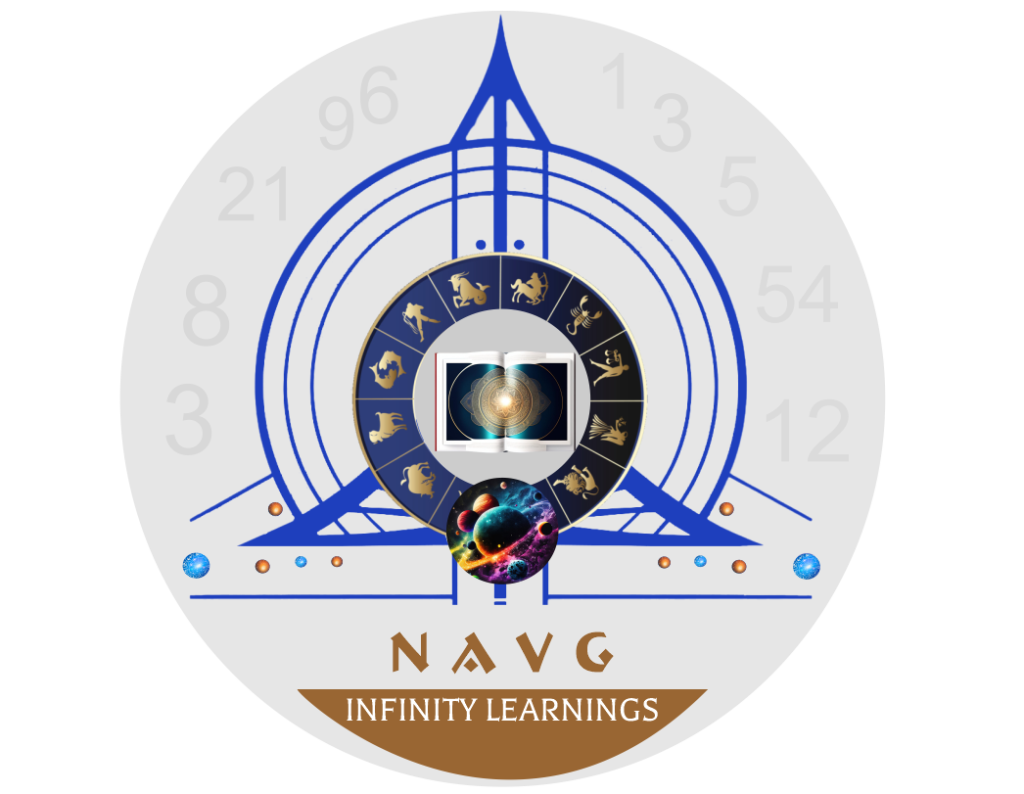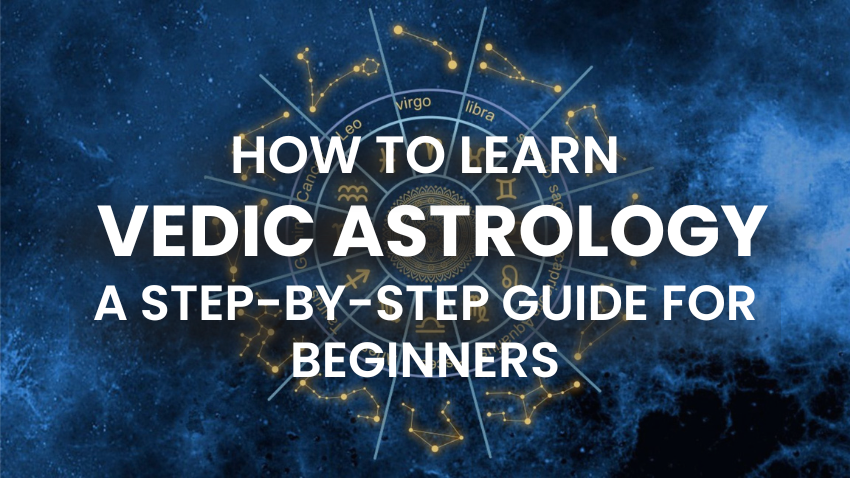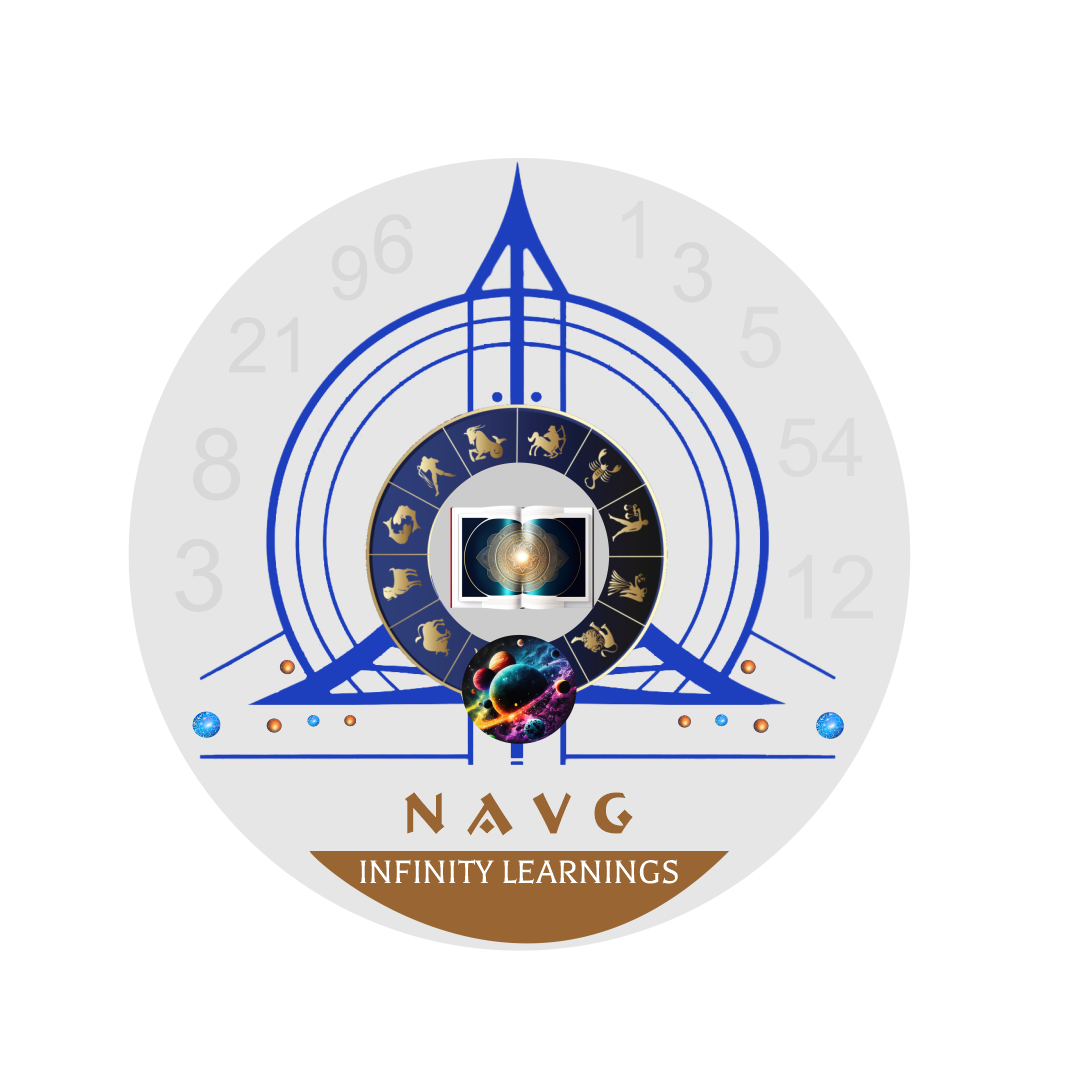Vedic astrology, also known as Jyotish Shastra, is an ancient Indian system of astrology that emphasizes the study of the influence of celestial bodies on human life. Learning Vedic astrology can help you gain deep insights into your personality, relationships, career, and life’s challenges.
Step 1: Understand the Basics of Vedic Astrology
Before diving into the intricacies of Vedic astrology, it’s essential to grasp the foundational concepts. Vedic astrology revolves around the idea that the positions of planets and stars at the time of a person’s birth influence their life. To get started, familiarize yourself with these basic elements:
- Zodiac Signs: Vedic astrology uses 12 zodiac signs (Rashis), similar to Western astrology. However, Vedic astrology is sidereal, meaning it is based on the actual position of stars rather than the tropical system used in Western astrology.
- The 12 zodiac signs are Aries (Mesha), Taurus (Vrishabha), Gemini (Mithuna), Cancer (Karka), Leo (Simha), Virgo (Kanya), Libra (Tula), Scorpio (Vrischika), Sagittarius (Dhanu), Capricorn (Makara), Aquarius (Kumbha), and Pisces (Meena).
- Planets (Grahas): Vedic astrology uses nine primary planets called Navagrahas. These include the Sun (Surya), Moon (Chandra), Mars (Mangal), Mercury (Budh), Jupiter (Guru), Venus (Shukra), Saturn (Shani), Rahu, and Ketu (shadow planets).
- Houses (Bhavas): There are 12 houses in a Vedic chart, each representing different aspects of life, such as career, relationships, wealth, health, etc.
- Nakshatras: The zodiac is divided into 27 lunar mansions or Nakshatras, which provide more detailed insights into one’s personality and destiny.
Step 2: Learn How to Read a Birth Chart (Kundali)
A birth chart, or Kundali, is the core tool in Vedic astrology. It’s a diagram showing the positions of planets at the time of your birth, divided into 12 houses. Here’s how you can begin learning to read a birth chart:
- Planetary Placements: First, identify where each planet is located in the chart. This includes the Sun, Moon, and all the other planets.
- Houses: The birth chart is divided into 12 houses, and each house represents a different area of life. The placement of planets in specific houses affects different aspects of life, like career (10th house), marriage (7th house), and education (5th house).
- Ascendant (Lagna): The Ascendant or Lagna is the zodiac sign that was rising on the eastern horizon at the time of your birth. It determines your personality, outlook, and approach to life. The Lagna is one of the most critical elements in a birth chart.
- Rashi (Moon Sign): Your Moon sign is based on the position of the Moon at the time of your birth and has a significant influence on your emotional and mental well-being.
Once you’re familiar with the structure of a birth chart, practice reading your own and those of others to get comfortable with recognizing patterns and understanding their meanings.
Step 3: Study Planetary Effects and Relationships
One of the most critical aspects of Vedic astrology is understanding how planets interact with each other and their effects on life events. Each planet has a unique nature and relationship with other planets:
- Planetary Friendships: Planets form natural friendships and enmities with each other. For instance, the Sun and Moon are friendly planets, while Mars and Saturn are generally considered enemies. These relationships affect how planets behave in a birth chart.
- Aspects (Drishti): In Vedic astrology, planets have aspects, which means they influence other houses or planets by “looking” at them. For instance, Mars aspects the 4th, 7th, and 8th houses from its position. Understanding these aspects helps you analyze how planets influence each other.
- Dasha System: The Dasha system is one of the most important tools in Vedic astrology. It represents the planetary periods that influence your life at different times. Each planet rules a specific period called a Mahadasha, which can last from six to 20 years, depending on the planet. Learning how to calculate and interpret the Dasha system is crucial to understanding life events.
Step 4: Learn the Significance of Nakshatras
Nakshatras (lunar mansions) play a crucial role in Vedic astrology. Each Nakshatra has its unique qualities and is divided into four padas (quarters). The Nakshatra in which your Moon is placed can reveal profound insights about your personality and destiny.
Here’s how you can study Nakshatras:
- Nakshatra Qualities: Study the individual characteristics of each Nakshatra. For example, Ashwini is known for its healing abilities and quick action, while Bharani represents life and death transformations.
- Nakshatra Lords: Each Nakshatra is ruled by a planet. Understanding these Nakshatra lords helps you understand the deeper meaning of your planetary positions.
- Compatibility: Nakshatras are also used for determining compatibility in marriage (Kundali matching) and other relationships. Learning how Nakshatras interact can provide you with useful predictive insights.
Step 5: Explore Vedic Astrology Remedies
Vedic astrology not only provides insights but also suggests remedies for improving life circumstances. Remedies are used to strengthen benefic planets and mitigate the negative effects of malefic ones. Some common remedies include:
- Gemstones: Wearing specific gemstones can amplify the energy of benefic planets. For instance, wearing a yellow sapphire can strengthen Jupiter.
- Mantras: Reciting planetary mantras or prayers is another powerful remedy. The mantra associated with each planet helps align the planet’s energy in your favor.
- Charity and Rituals: Offering donations to people in need or performing specific rituals like Homa (fire offerings) can reduce the negative effects of challenging planetary periods.
Conclusion:
Learning Vedic astrology is a rewarding journey that opens the door to a deeper understanding of yourself and the world around you. By following this step-by-step guide, you can build a strong foundation in Vedic astrology, starting with the basics and gradually mastering more complex concepts. Whether you’re looking for personal insights or wish to offer guidance to others, Vedic astrology can become a lifelong practice that enriches your life.
In addition to self-study, there are reputable institutions that offer formal education in Vedic astrology. Navgraha Astrology and Vastu Gurukula in Bangalore is a prominent institute that teaches Vedic astrology, offering structured courses for beginners and advanced learners alike. Their comprehensive programs cover everything from the basics of planetary positions to advanced predictive techniques and Vastu Shastra, making it an ideal place for anyone interested in deepening their understanding of astrology.


